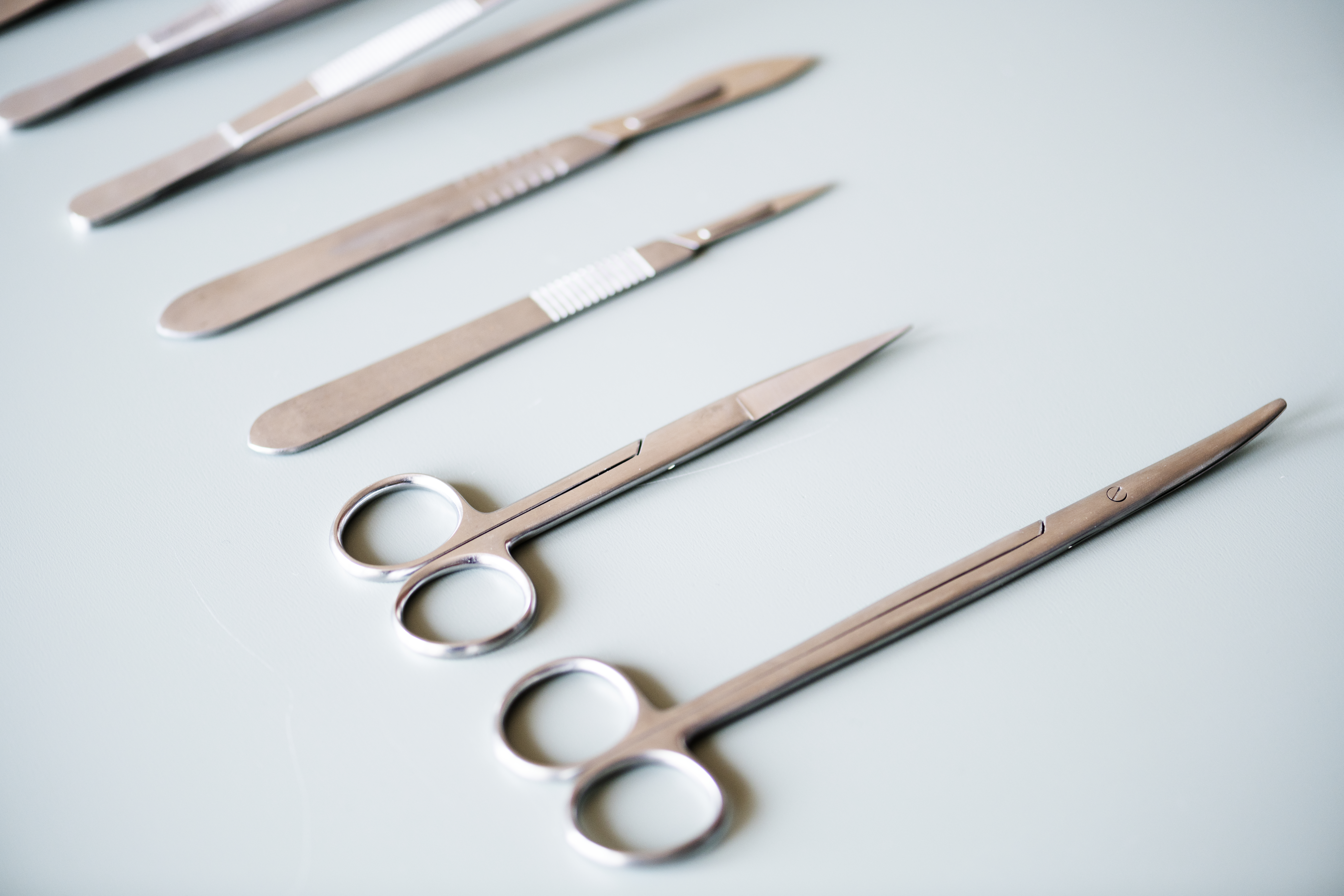1. General Measures
Blepharospasm can be a reflex reaction to an underlying disease (most commonly, ocular surface disease like dry eye) and this needs to be ruled out/managed before drugs are considered for the blepharospasm.
- Wearing dark glasses can reduce bright light triggers and prevent embarrassment due to the stares of onlookers.
- Voluntary manoeuvres, such as pulling the eyelid, pinching the neck, talking, yawning, humming and singing, help some sufferers.
- Patients with severe blepharospasm must not drive. Those with mild or well-controlled blepharospasm may drive subject to a doctor’s approval.

2. Drugs
Blepharospasm does not respond well to medication, and usually produce unpredictable results. Any symptom relief is usually short term and tends to be helpful in only 15 percent of the cases.
Preferred treatment is injection of botulinum toxin type A into eyelid muscles. This treatment has been found to be effective, helping up to 90% of patients. Botulinum toxin, produced by the bacterium Clostridium botulinum, paralyzes the muscles of the eyelids. This effect is, however, temporary, and twitching will inevitably return after 3 to a maximum of 6 months. Not repeating the injections does not make the condition worse than before, nor do repeat injections make a patient dependent on it. Side effects are minimal and patients usually report good results after injections.

3. Surgery
Where vision is severely impaired by prolonged, severe eye closure, unresponsive to pharmacological techniques, protractor myomectomy may be used (removal of some muscles of eye closure). Its use will only be considered as a last resort.
Alternative treatments may include biofeedback, acupuncture, hypnosis, chiropractic, and nutritional therapy. The benefits of these alternative therapies have not been proven.
Most cases of benign essential blepharospasm cannot be cured although symptomatic relief is good with botulinum toxin injections.

Learn more about our Neuro-ophthalmologist today
EYELID TWITCHING / MYOKYMIA
Eyelid twitching or eyelid myokymia refers to involuntary fine contractions of the eyelid muscle without muscular wasting or weakness. Eyelid myokymia is typically one-sided and involves the orbicularis oculi muscle of one of the lower eyelids; occasionally, one of the upper eyelids can be affected. In most cases, eyelid myokymia is benign, self-limited, and not associated with any disease. Intervention is usually unnecessary.
Possible precipitating factors include stress, fatigue, and excessive caffeine
